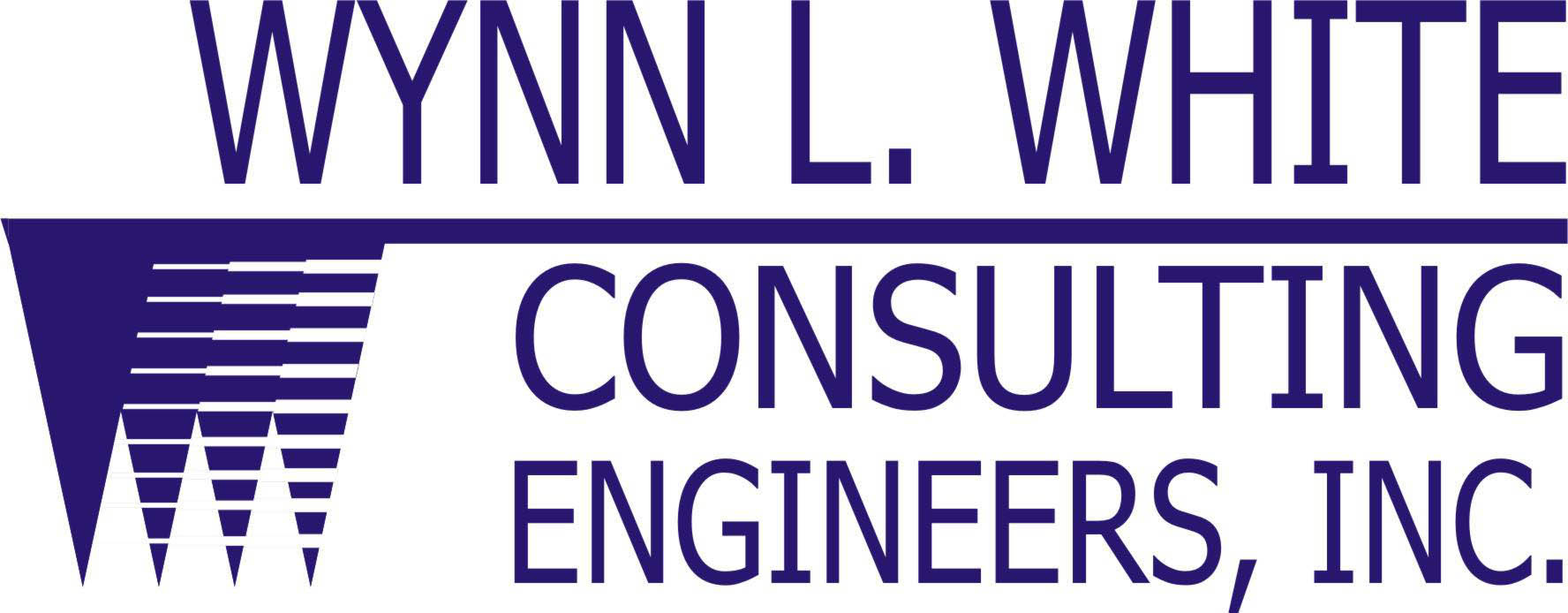Sometimes it’s the smallest organisms that are deadly.

Complex plumbing systems are breeding grounds for Legionella.
Last month we wrote about the deadly meningitis outbreak caused by mold contamination in a compound medicine facility.
Now more preventable deaths are being caused by small organisms.
You may have heard about recent outbreaks of Legionnaires’ Disease at a Chicago JW Marriot and two VA Hospitals in Pittsburgh, Pa. and Oakland, Ca.
Potentially fatal Legionnaires’ Disease got its name when an outbreak of pneumonia infected several people at a 1976 American Legion convention at a hotel in Philadelphia. It is not contagious; infection occurs usually by inhalation of the bacteria Legionella, and in most cases the illness worsens for those with weakened immune systems. The bacteria has a 14-day incubation period, so even after an initial outbreak more cases could emerge.
There are several tested solutions to prevent Legionella outbreaks, which usually are a result of contaminated plumbing from decorative fountains to cooling towers. Water vapor carrying the bacteria gets into the air supply, it is inhaled, and then it causes pneumonia-like symptoms.
One method is copper-silver ionization, which was used in both VA hospitals that have had recent outbreaks. CDC Spokesperson Alison Patti says, “other hospitals with [ionization] systems should carefully review their continued usage of this system.” Officials at the VA blame the outbreak on poor maintenance of the ionization system. The CDC does not endorse any single method of prevention, but suggests hyperchorination and superheating of the plumbing system to kill any remaining bacteria.
Copper-silver ionization can cost $50,000 to install with up to $25,000 in annual
maintenance. Chlorination systems cost $6,000 to install with an annual cost of $1,000. Both systems must be carefully monitored and regular testing of the water should be conducted.
Alison Patti of CDC says studies “that review the use of copper-silver to inhibit Legionella growth are not robust enough to make any public health recommendations … and we regularly receive calls from healthcare facilities who are unable to control Legionella using copper-silver.”
So what to do? It is suggested that in large and complex plumbing systems another method should be used.
The source of Legionella at the JW Marriot was linked to a decorative fountain in the lobby, but the pool, hot tub, and men’s and women’s locker rooms at the hotel also were contaminated with the same strain. The six-month-old pool at the hotel boasted a chlorine-less, UV-filtration system that obviously failed.
Again, what to do?
It seems like the best solution is a chlorination system. Periodic monitoring must be done to be sure chlorine levels remain safe for both people and the plumbing system itself. While ionization and UV filtration seem like good ideas, those systems might not be ideal for large, complex plumbing systems.
Additionally, make sure a formal Hazard Analysis and Control Plan. It is important to note that drinking water is not the only source of Legionella and that it is not contagious from person-to-person contact, but proactive measure should be taken in your facilities to prevent deadly outbreaks that are becoming more common.
Have questions? Leave a comment, and I’ll get right back to you. We can help you design and implement a system that won’t fail you or the people who occupy your building. Contact us if you are looking for a solution to preventing Legionella outbreaks or other indoor air quality issues.
Stay chlorinated, my friends.


